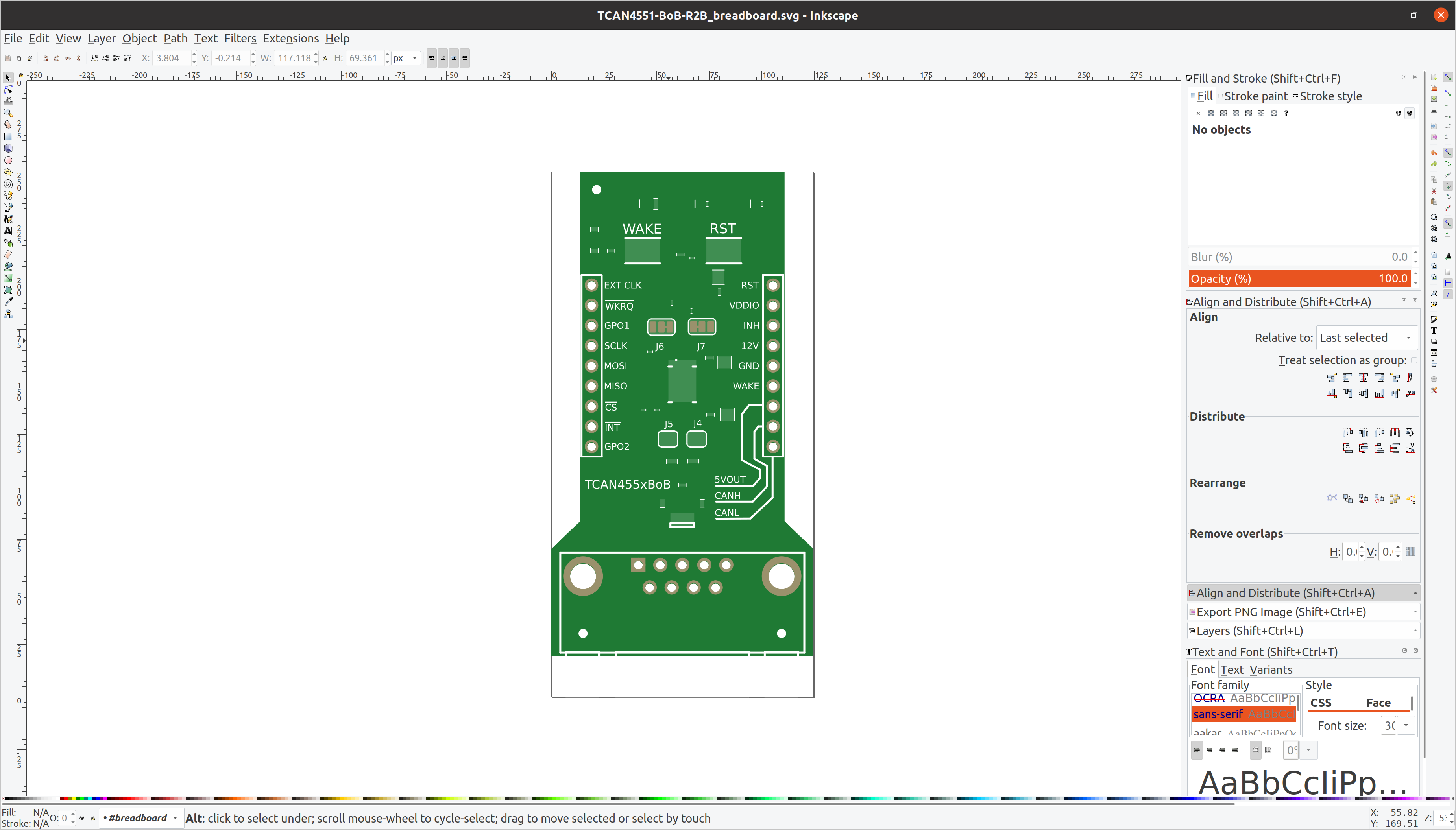

It is not commonly used by hobbyist or the DIY community. Also, while it does offer a free version, fully featured versions can be very expensive.

Well suited to professional development environments where high speed designs are developed, its capture will allow for the thorough simulation of your design before it is ever sent away for fabrication.Ĭons - difficult of new users to pick up quickly and has a steep learning curve. Pros - has an unsurpassed number of signal and design analysis tools available in it. It is offered in a number of trim levels, including a free version called OrCAD Lite.

It has all the high end features expected of a professional level design suite including curved routing, DFM checking, group routing, 3D modeling and an advanced auto-router. OrCAD is one of the more established professional level design suites currently available on the market. This article will present a mix of PCB design packages from both groups, with the first section discussing commercial level PCB packages and the second section discussing professional level PCB design packages. Generally speaking, PCB design software packages cater to two distinct groups: the hobbyist market and professional level developers. This is by no means a complete survey, readers should be aware that there are plenty of other options available. To that end, this article will take a brief look at some of the most popular PCB Design Software Packages currently available on the market, and discuss each one's strengths and weaknesses. With all PCB layout software available, picking the one best suits your PCB layout needs and budget can be a difficult and time-consuming process. As such, your PCB design's success is highly dependent on the capabilities of your chosen PCB Design Software and your ability of using it. PCBs are at the center of any electronics design and all but the most basic PCBs are designed using PCB layout software.


 0 kommentar(er)
0 kommentar(er)
